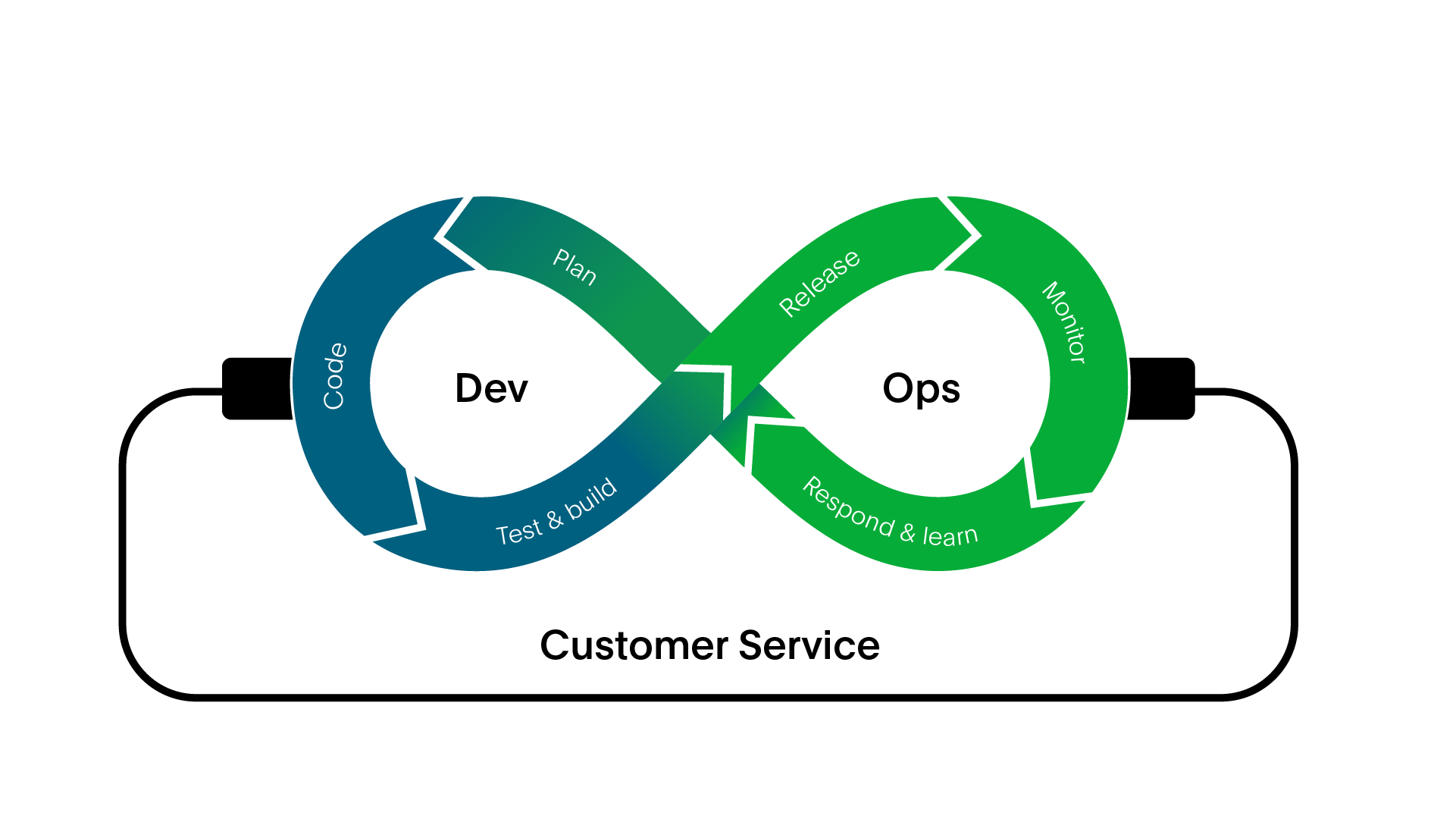Customer Service in SDLC

For digital businesses, users interact with products and services via software, on their mobile devices, and/or computers. How that software behaves and performs in production can be monitored and measured, but live user experience is difficult to pin down before release. Customer service teams provide a crucial feedback route for users of your digital products to report bugs and request features.
Customer Service in the Software Development Life Cycle#

The modern software development life cycle doesn’t end when code is checked into a repository and all the tests turn green. The constant feedback loop from users back into development planning links user requirements directly to the product management phase of the cycle.
In real-time, digital organizations, it is easy for customer service teams to be overwhelmed with the amount of feedback, and the channels that feedback is collected from. Monitoring support forums, watching email threads, ticket queues, social media accounts, and collating reports from all those channels require modern tooling and automated tasks so data isn’t lost.
Customer service teams have their own tooling and workflows, often disjointed from the tools that application developers use. Digital organizations are starting to see the rewards possible when customer service tools and development tools are more closely integrated. Customer service teams serve a key function for your organization, collecting and collating customer information and feedback. This data should help inform product decisions, prioritize improvements and new features, and help technical teams focus on work that will have the greatest impact.
Integrating customer service tools with software development tools such as Jira helps to shorten the feedback loop and allows customer service teams to advocate for the customer’s needs in the planning stages of the software development lifecycle. Development teams that are in close contact with their customer service teams benefit from having better, real-world user information that can be incorporated into new features and improvements.
Automation will help customer service teams meet the needs of customers, even as more interactions are possible via digital channels. Team members using templated responses to common questions can still personalize the communication with the customer, providing an extra level of care where an automated response might alienate a frustrated user. Software integrations between sales tools, customer service tools, and development tools give all teams a 360-degree view of the needs of priority customers and escalate strategically.
Organizations across various industries have seen the benefits of adopting shared goals and purposes across different teams. Including customer service teams in larger initiatives like DevOps transformations and automation projects will increase the effectiveness of customer-focused teams.
